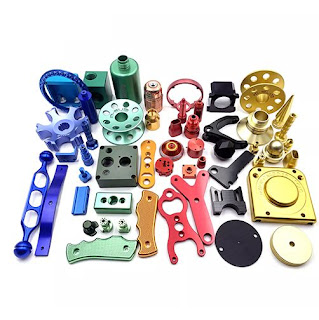What is the working principle of die cutting machine?
Die cutting machines are essential tools in the world of crafting and manufacturing. These machines are used to cut various materials such as paper, fabric, and even metal into specific shapes and designs. The working principle of a die cutting machine involves a combination of mechanical and hydraulic processes to achieve precise and efficient cutting.
At its core, a die cutting machine operates by using a die, which is a specialized tool that is used to cut, shape, and form materials into specific designs. The die is typically made of metal and is created with a sharp, blade-like edge that is used to cut through the material. The die is mounted onto a flat surface, and the material to be cut is placed on top of it. The machine then applies pressure to the die, causing it to cut through the material and create the desired shape.
The working principle of a die cutting machine can be broken down into several key components:
1. Die: The die is the primary cutting tool used in the machine. It is custom-made to match the specific design or shape that needs to be cut. The die is typically made of steel and is precision-engineered to ensure clean and accurate cuts.
2. Cutting Surface: The cutting surface is the area where the die is mounted. It provides a stable platform for the material to be cut and ensures that the cutting process is precise and consistent.
3. Pressure Mechanism: The pressure mechanism is responsible for applying force to the die, causing it to cut through the material. This can be achieved through mechanical means, such as a lever or crank, or through hydraulic systems that use fluid pressure to exert force.
4. Material Feed: The material feed mechanism is used to move the material through the machine and position it over the die for cutting. This can be done manually or through automated systems, depending on the type of die cutting machine.
5. Control System: The control system of the die cutting machine manages the various components and ensures that the cutting process is carried out accurately and safely. This may include features such as adjustable pressure settings, safety interlocks, and automated cutting sequences.
The working principle of a die cutting machine is based on the precise application of force to the die, which then cuts through the material to create the desired shape. This process can be used for a wide range of applications, including creating custom packaging, fabricating gaskets and seals, and producing intricate paper crafts.
In addition to its mechanical components, the working principle of a die cutting machine also relies on the use of specialized dies and cutting techniques. For example, rotary die cutting machines use cylindrical dies to cut materials in a continuous, high-speed process, making them ideal for large-scale production.
Furthermore, the versatility of die cutting machines allows for a wide range of materials to be cut, including paper, cardboard, foam, rubber, plastic, and even thin metal sheets. This makes die cutting machines indispensable in industries such as packaging, automotive, textiles, and printing.
In conclusion, the working principle of a die cutting machine involves the precise application of force through a combination of mechanical and hydraulic processes to cut materials into specific shapes and designs. By utilizing specialized dies and cutting techniques, die cutting machines play a crucial role in the manufacturing and crafting industries, enabling the production of a wide variety of products with precision and efficiency.


评论
发表评论